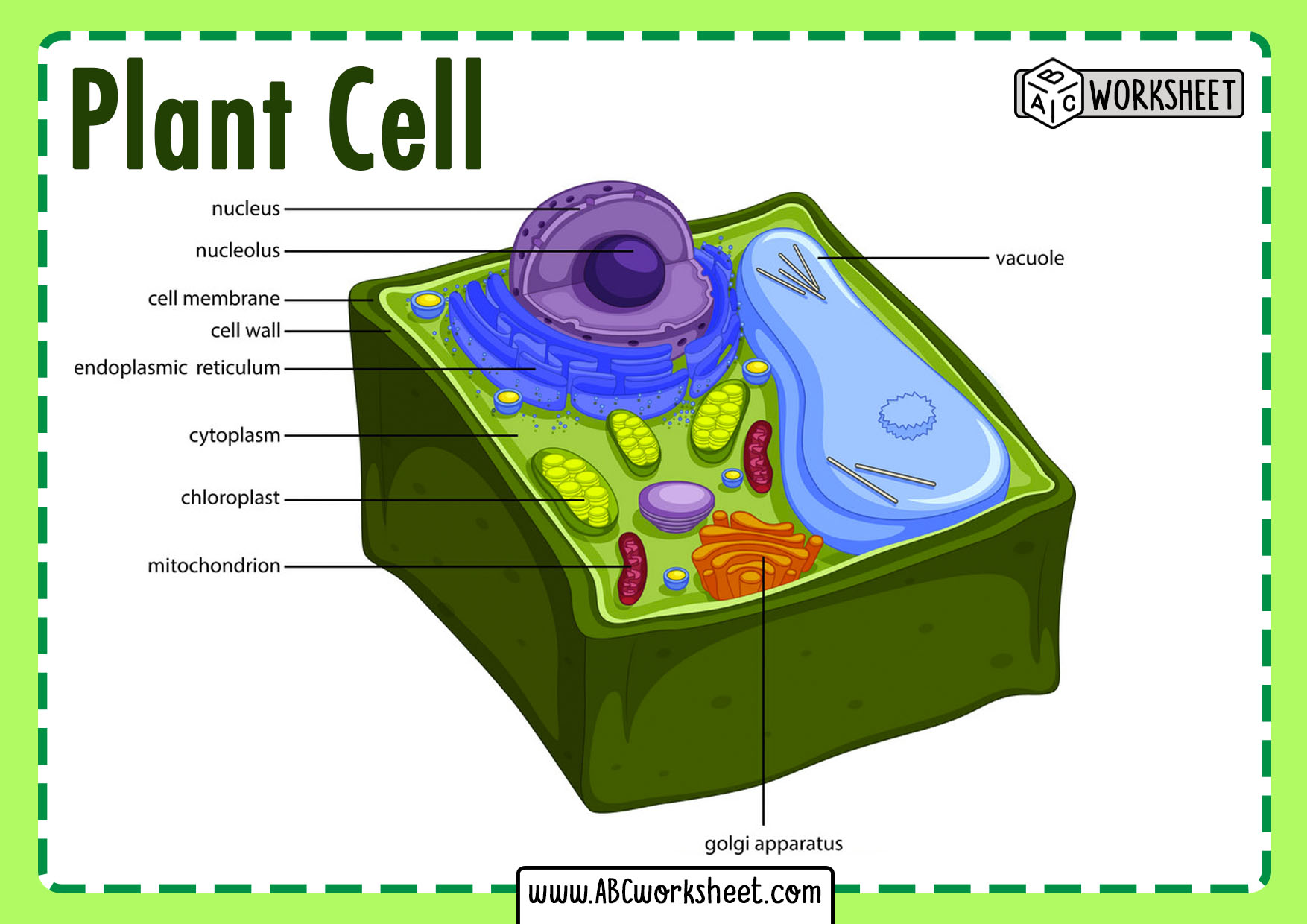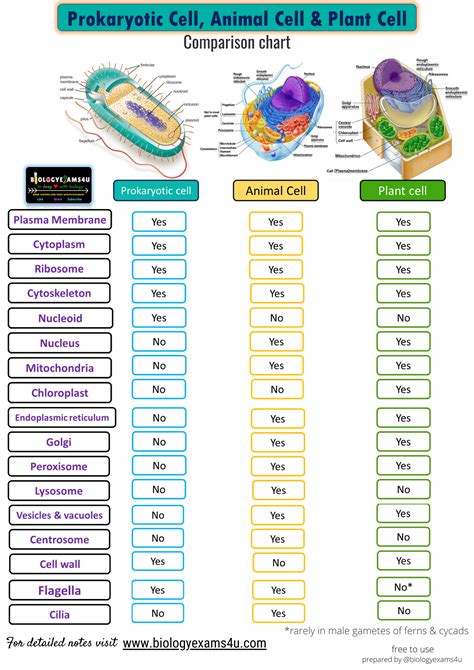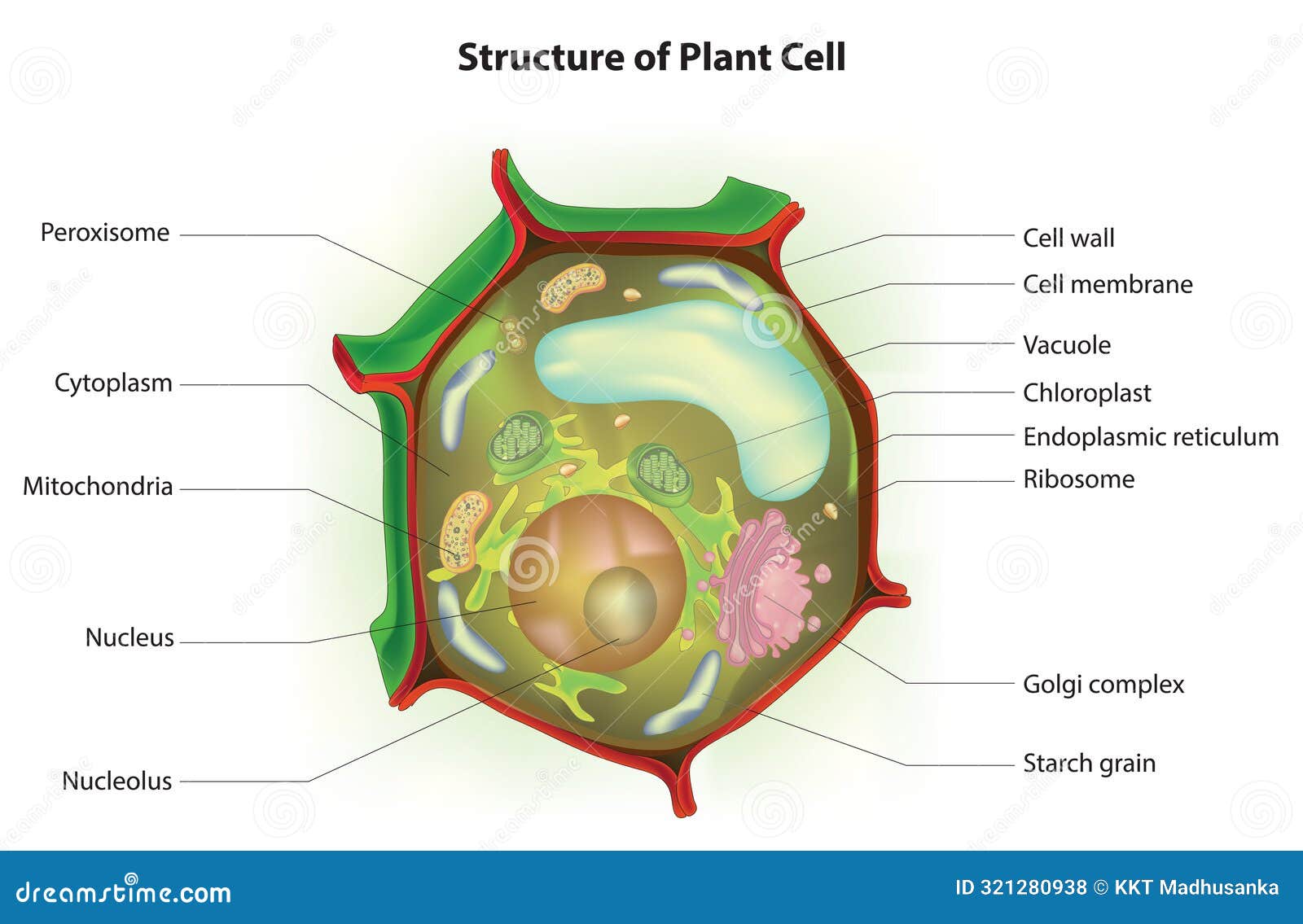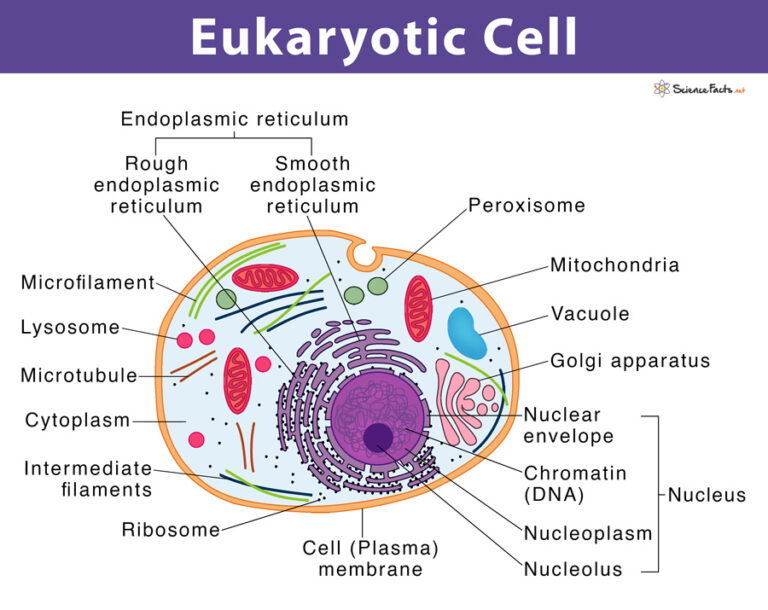Unveiling the Plant Cell: A Visual Guide

In the realm of biology, the intricate world of cells is a captivating subject, with plant cells holding a unique position. This article aims to provide an immersive journey, delving into the intricacies of plant cells, offering a comprehensive visual guide to enhance our understanding of these fundamental building blocks of the plant kingdom.
The Anatomy of a Plant Cell: A Microscopic Journey

When we speak of plant cells, we are entering a microscopic world where form and function are elegantly intertwined. These cells, often described as the basic units of life, are more complex than they might initially seem. Let’s embark on a detailed exploration, starting with the basic structure and gradually uncovering the specialized components that make plant cells so fascinating.
Basic Plant Cell Structure
At its core, a plant cell is enclosed within a rigid but permeable cell wall, composed primarily of cellulose. This wall provides structural support, especially important given the lack of a skeleton in plants. Inside this protective barrier lies the cell membrane, a semi-permeable layer that regulates the entry and exit of substances, ensuring the cell’s internal environment remains balanced.
The cytoplasm, a jelly-like substance, fills the cell, housing various organelles and performing vital functions. It's within this cytoplasm that we find the control center of the cell - the nucleus. The nucleus, often described as the brain of the cell, contains the cell's genetic material, DNA, which carries the instructions for the cell's development, growth, and functioning.
| Organelle | Function |
|---|---|
| Mitochondria | The powerhouses, generating energy for the cell. |
| Ribosomes | Responsible for protein synthesis, a crucial process for cell function. |
| Endoplasmic Reticulum (ER) | A network of membranes, involved in protein and lipid synthesis, as well as transportation. |
| Golgi Apparatus | Sorts, modifies, and packages proteins and lipids for cell use or export. |
| Vacuoles | Large sacs storing water, food, waste, and other substances, playing a role in cell turgor and digestion. |

Specialized Plant Cell Features
One of the most distinctive features of plant cells is the presence of chloroplasts. These organelles are the sites of photosynthesis, a process unique to plants, where sunlight, water, and carbon dioxide are converted into oxygen and glucose. Chloroplasts, with their green pigment chlorophyll, give plants their characteristic color and enable them to harness the sun’s energy, a critical process for life on Earth.
Another fascinating aspect is the plastids, a group of organelles that includes chloroplasts. Plastids are involved in various functions, such as storing food and pigments, and can differentiate into different forms based on the plant's needs. For instance, leucoplasts store starch or lipids, while chromoplasts contain pigments that give fruits and flowers their vibrant colors.
Cell Division and Growth: Unlocking the Secrets of Plant Cell Reproduction

The ability to divide and grow is a fundamental aspect of plant cells, allowing plants to develop, repair damaged tissues, and reproduce. This process, known as mitosis, ensures that each new cell receives a complete set of genetic information, a vital aspect of cellular continuity.
Mitosis: The Cell Cycle
Mitosis is a highly regulated process, divided into several phases. It begins with interphase, where the cell grows, duplicates its DNA, and prepares for division. This is followed by prophase, where the nuclear envelope breaks down and chromosomes condense. During metaphase, the chromosomes align along the cell’s equator, and in anaphase, they separate and move towards opposite ends of the cell.
In telophase, the nuclear envelope reforms, and the chromosomes decondense. Simultaneously, the cell's cytoplasm divides, a process known as cytokinesis, leading to the formation of two daughter cells, each with identical genetic material. This cycle of mitosis ensures the plant's ability to grow, repair, and maintain its tissues.
Differentiation and Specialization
Not all plant cells remain the same throughout their life. Many undergo differentiation, a process where they specialize to perform specific functions. For instance, some cells might develop into xylem, responsible for water transport, while others become phloem, conducting sugars and other organic substances. Still others might become parenchyma cells, providing support and storage, or collenchyma cells, offering flexibility and strength to young plants.
This specialization is a remarkable aspect of plant biology, showcasing the adaptability and versatility of plant cells.
The Impact of Plant Cells: Environmental and Economic Significance
Beyond their fascinating structure and function, plant cells play a critical role in our world. They are the foundation of the plant kingdom, which, in turn, is integral to the balance of our planet’s ecosystems and the sustenance of life.
Ecosystem Balance and Climate
Through photosynthesis, plant cells absorb carbon dioxide and release oxygen, a process that is vital for maintaining the Earth’s atmospheric balance. This contributes to regulating our climate, a role that is more crucial than ever in the face of global warming.
Economic and Nutritional Value
Plant cells are the basis of many agricultural products, from staple foods like rice, wheat, and potatoes, to fruits, vegetables, and herbs. The nutrients stored within these cells provide essential sustenance for humans and animals alike. Furthermore, plants are a source of various products, from timber and paper to medicines and biofuels, underlining their economic importance.
Conclusion: A Microscopic Marvel
Plant cells, with their intricate structures and specialized functions, are a testament to the wonders of biology. From the basic building blocks of life to the complex processes that drive plant growth and survival, every aspect of these cells is fascinating. This visual guide has offered a glimpse into this microscopic world, highlighting the importance and uniqueness of plant cells.
As we continue to explore and understand the intricacies of life, the plant cell will undoubtedly remain a subject of immense interest and study, offering insights into the very fabric of our world.
What is the primary function of chloroplasts in plant cells?
+Chloroplasts are the sites of photosynthesis, a process where sunlight, water, and carbon dioxide are converted into oxygen and glucose. This process is vital for the plant’s growth and survival, as it provides the energy needed for various cellular processes.
How do plant cells contribute to climate regulation?
+Through photosynthesis, plant cells absorb carbon dioxide and release oxygen. This process helps maintain the Earth’s atmospheric balance, playing a crucial role in regulating our climate.
What are some economic uses of plant cells or products derived from them?
+Plant cells are the foundation of many agricultural products, including staple foods and fruits. They are also used to produce timber, paper, medicines, and biofuels, showcasing their economic significance.



